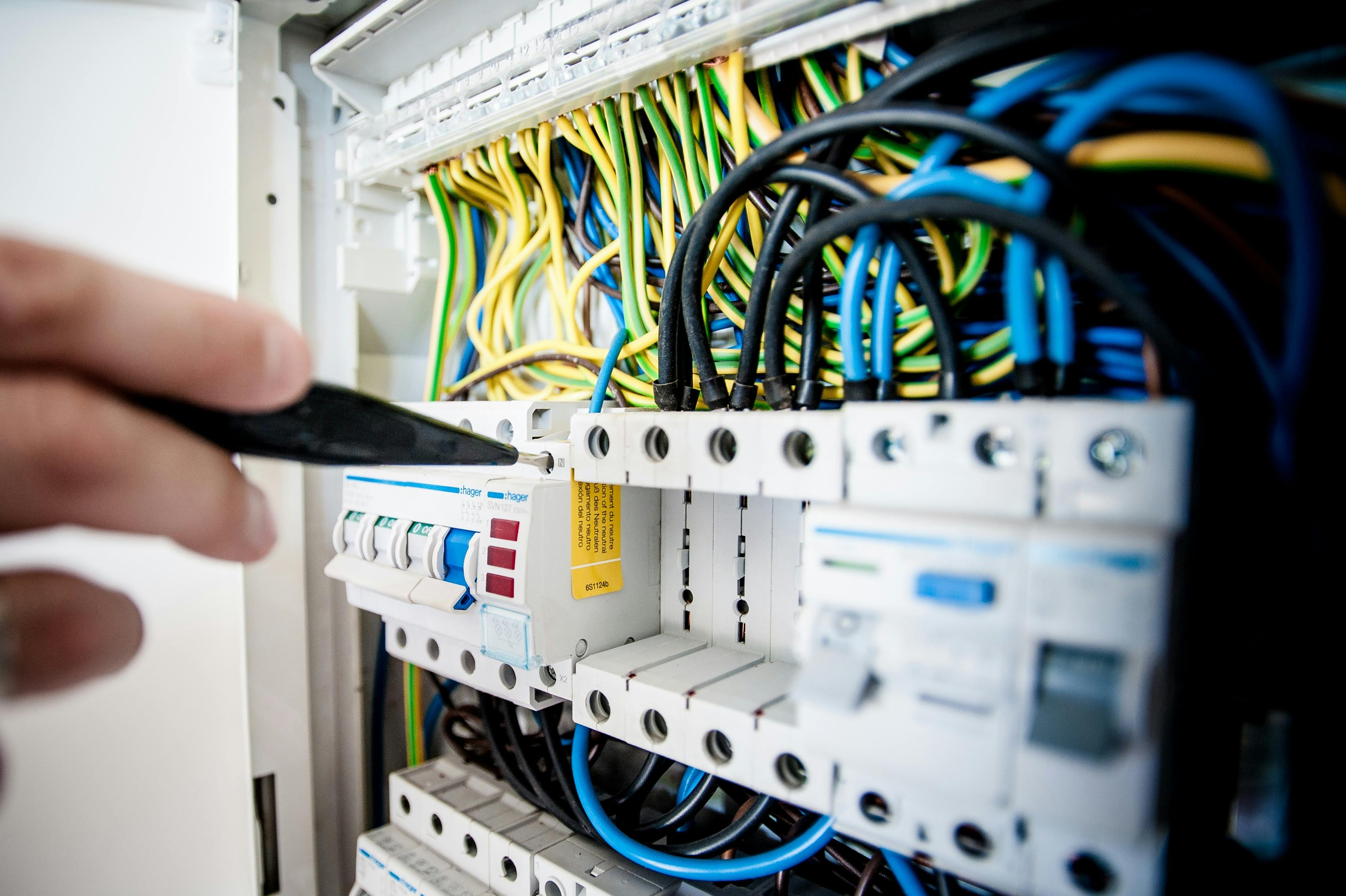
You ever get that sinking feeling when your electric bill lands in the mailbox, and it’s a solid chunk higher than last month?
I’ve seen that look on plenty of homeowners’ faces — and more often than not, the culprit isn’t the air conditioner itself. copper ac line set It’s the humble, often-overlooked mini split line set.
I know, I know — it’s not exactly glamorous. It’s just a pair of copper tubes with insulation, right?
Well… that’s like saying a race car is “just a set of tires.” The truth is, the line set is the lifeline between your indoor and outdoor units, and when it’s not doing its job right, you’re basically burning money every month.
The “Invisible Leak” That Isn’t Always a Leak
When I say leak, most folks picture refrigerant dripping somewhere. But there’s another kind of “leak” that quietly robs your efficiency — thermal loss.
Here’s the thing: refrigerant traveling between the indoor and outdoor units needs to stay at a stable temperature to do its job efficiently. If the insulation around your line set is cheap, old, or damaged, it’s like trying to carry a pot of hot soup across the yard in the middle of winter without a lid. You lose heat (or cool) to the environment before it even gets where it needs to go.
Result? Your mini split works harder. Your energy bill climbs. And you’re scratching your head wondering why.
The Copper Quality Conundrum
Let’s talk copper.
Not all copper tubing is created equal — some budget line sets use thinner-walled copper or inconsistent manufacturing tolerances. That can mean more susceptibility to kinking during installation, tiny micro-leaks over time, or even reduced refrigerant flow. To learn more:PSAM supply
I’ve worked on systems where the brand-new unit was struggling from day one simply because the line set was bargain-bin quality. It’s like putting cheap tires on a high-performance sports car — everything works, but you’re never getting the full potential.
How the Wrong Size Can Drain Your Wallet
Here’s a common mistake I see: using whatever line set is “on hand” instead of matching the exact diameter the manufacturer calls for.
Too small, and the refrigerant velocity spikes — creating friction losses and straining the compressor. Too big, and the velocity drops — meaning oil and refrigerant don’t circulate properly. Both scenarios hurt efficiency and can shave years off your system’s life.
It’s not just about “will it fit?” — it’s about “will it work right for 10–15 years?”
The Role of Proper Installation (Yes, It Matters)
You could buy the most high-end, code-compliant mini split line set on the market, but if it’s poorly installed — bent too sharply, not properly flared, or inadequately insulated at the connections — you’ll still lose efficiency.
I’ve seen beautiful systems crippled by sloppy install work. The truth is, the line set is one of those parts you install once, then bury in a wall or conduit. Which means getting it right the first time is non-negotiable.
Spotting Trouble Before It Costs You
Here’s a quick checklist you can use without climbing a ladder:
Check the insulation — Look for cracks, missing sections, or areas where it’s been chewed by critters.
Listen for strain — If your mini split sounds like it’s running harder than usual, the refrigerant circuit (including the line set) might be part of the problem.
Watch your bills — If your usage patterns haven’t changed but costs keep climbing, it’s worth an inspection.
Where to Get the Good Stuff
If you’re replacing or installing a mini split, spend the extra on a high-quality, code-compliant line set.
I’m not talking about some flashy “premium” label — I mean solid copper, thick-wall tubing, with industry-leading insulation that meets local energy codes.
Personally, I’ve had consistently good results sourcing from Plumbing Supply and More — they stock line sets that hit the sweet spot of quality and reliability without the “designer price tag.” It’s the kind of place you can call and actually talk to someone who knows their stuff, which is rarer than you’d think these days. For More Knowledge:https://www.plumbingsupplyandmore.com/duraguard-mini-split-copper-line-set-1-4-x-3-8-x-1-2-x-50-2003426.html
The Bottom Line
Your mini split line set isn’t just a piece of copper and foam — it’s the artery of your cooling system. Skimp on it, and you’ll pay for it in higher bills, reduced comfort, and premature system wear.
The fix? Get the right size, quality copper, top-tier insulation, and a proper installation from day one.
Your wallet — and your future self — will thank you.
